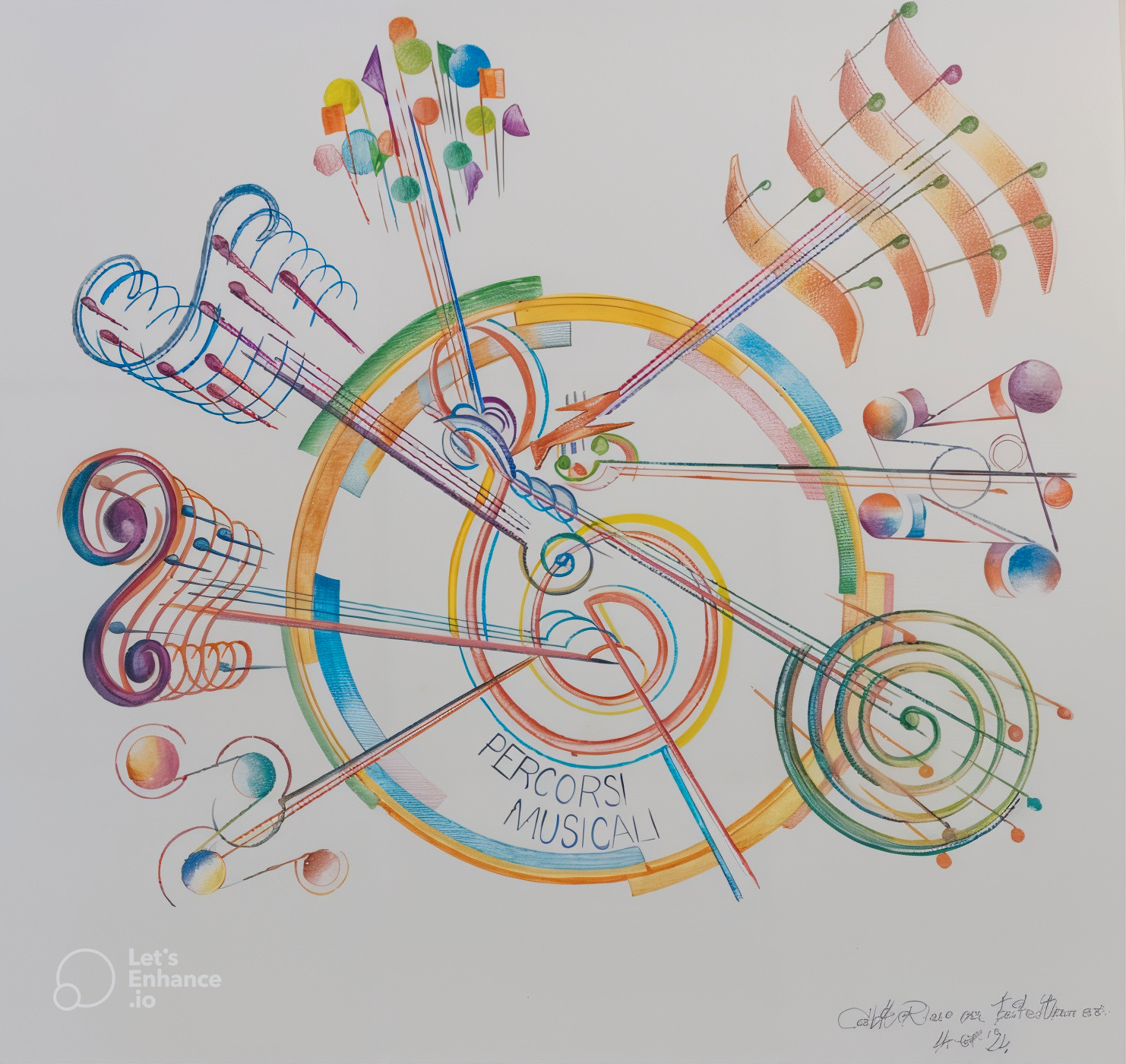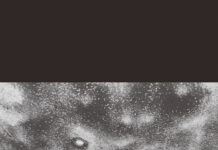For over thirty years, the Cold Blue label has been issuing music by contemporary composers working in or around the Minimalist and post-Minimalist tradition. Often electronic or with a significant electronic component, the label’s music tends to be both adventurous and concordant, very often consisting in meditative, long-form soundscapes of muted colors. There is a distinct West Coast orientation to the music, most of the composers being from or having some connection to California. Past releases have featured work by, among others, John Luther Adams, James Tenney, Ingram Marshall, Daniel Lentz, Kyle Gann and Jim Fox.
 Bhajan, by composer Nicholas Chase, is a four-part work for amplified violin and electronics. The piece, whose title derives from the generic name for a Hindu devotional song, reflects the influences of Hindu philosophy on Chase’s concept of sound, as well as his acceptance of ambient, accidental sounds as a kind of continuous music in its own right. Bhajan is built of often minimal materials—a single, long-held note on violin; fragments of melody interspersed with empty space; intermittent electronic interventions. Throughout the work the amplified violin, played by Robin Lorentz, casts an image that often leaves an electronic shadow overhanging the surrounding silences. In the final movement the work’s predominantly abstract sounds coalesce into a simple, hymn-like set of cadences in measured, though irregular, steps.
Bhajan, by composer Nicholas Chase, is a four-part work for amplified violin and electronics. The piece, whose title derives from the generic name for a Hindu devotional song, reflects the influences of Hindu philosophy on Chase’s concept of sound, as well as his acceptance of ambient, accidental sounds as a kind of continuous music in its own right. Bhajan is built of often minimal materials—a single, long-held note on violin; fragments of melody interspersed with empty space; intermittent electronic interventions. Throughout the work the amplified violin, played by Robin Lorentz, casts an image that often leaves an electronic shadow overhanging the surrounding silences. In the final movement the work’s predominantly abstract sounds coalesce into a simple, hymn-like set of cadences in measured, though irregular, steps. Erik Griswold’s aptly titled Ecstatic Descent is a forty-minute-long composition for prepared piano, here performed by the composer. Griswold prepared the piano with a painstaking method to preserve the white keys’ pitches while lowering the black key’s pitches, yielding an instrument of varied colors tuned to A minor. The piece is divided into two roughly equal parts, the first of which is a thickly textured, continuous but slow movement downward from the top to the bottom of the keyboard. The second part interweaves pauses into the texture. It’s a work of cascading tones that sound at different times like a gamelan, bells, rain on a metal roof, or a nylon-string guitar. Underlying much of the piece is an oscillating movement in fourths, which implies a certain harmonic mobility within an otherwise static key.
Erik Griswold’s aptly titled Ecstatic Descent is a forty-minute-long composition for prepared piano, here performed by the composer. Griswold prepared the piano with a painstaking method to preserve the white keys’ pitches while lowering the black key’s pitches, yielding an instrument of varied colors tuned to A minor. The piece is divided into two roughly equal parts, the first of which is a thickly textured, continuous but slow movement downward from the top to the bottom of the keyboard. The second part interweaves pauses into the texture. It’s a work of cascading tones that sound at different times like a gamelan, bells, rain on a metal roof, or a nylon-string guitar. Underlying much of the piece is an oscillating movement in fourths, which implies a certain harmonic mobility within an otherwise static key.Although differing from each other in their distinctive voices, both releases epitomize Cold Blue’s particular, virtually paradoxical aesthetic of austere sensuality.








